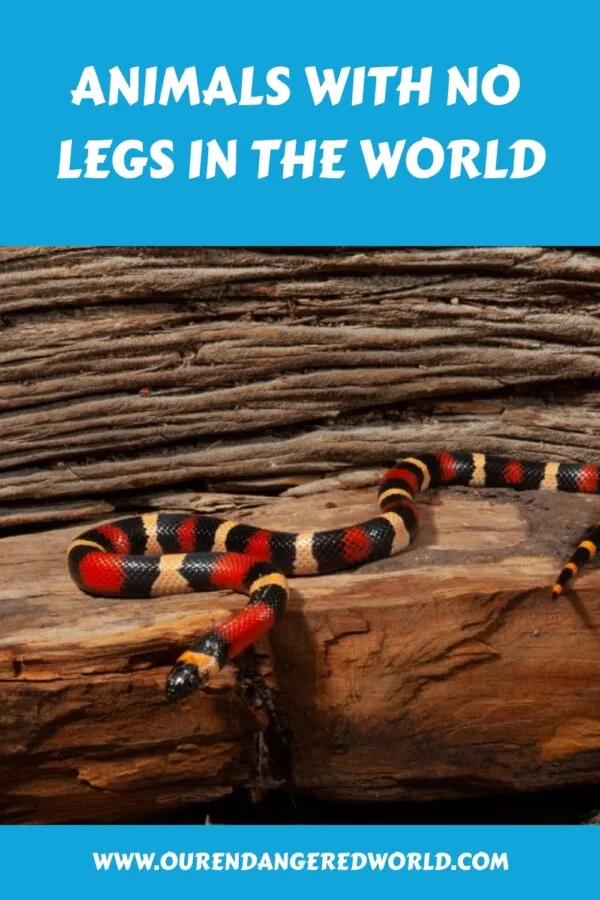Animals with no legs come in diverse species, each of small animals having evolved unique ways to thrive in their respective environments. The animal kingdom boasts numerous limbless creatures, from sea-dwelling mammals to terrestrial invertebrates.
This fascinating array of animals has adapted to their surroundings, utilizing various alternative methods to move efficiently and effectively without the need for legs. These are the most famous animals with no legs.
Some well-known examples of legless animals include sea lions, snakes, and earthworms, while others, interesting creatures such as caecilians and legless lizards, might be more obscure. These species exhibit a vast spectrum of habitats, sizes, and appearances, yet they all share the common trait of lacking legs.
Examining these creatures sheds light on the remarkable adaptability of life on Earth, as well as the incredible diversity found within the animal kingdom.
Both marine and land-based legless animals demonstrate the power of evolution, as they have developed specialized features and behaviors to succeed in their respective environments.
From the efficient swimming of dolphins and seals to the burrowing prowess of earthworms and snails, these amazing creatures showcase the vast possibilities of life in a world of other animals without legs.
Different Animals with No Legs
Snakes (Serpentes)
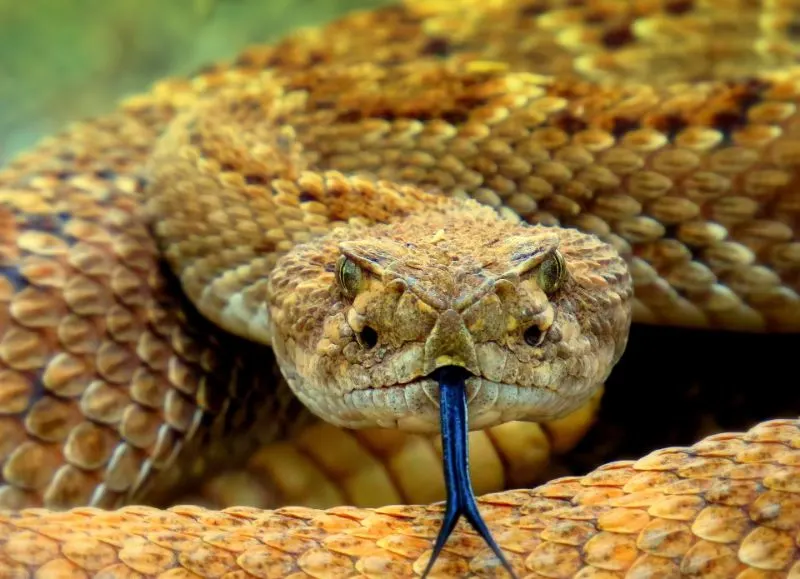
Snakes are legless reptiles that belong to the Serpentes suborder. They have long, flexible bodies and use their strong muscles for slithering across various terrains. Snakes have adapted to various environments, including deserts, rainforests, and aquatic habitats.
Snails (Gastropod)
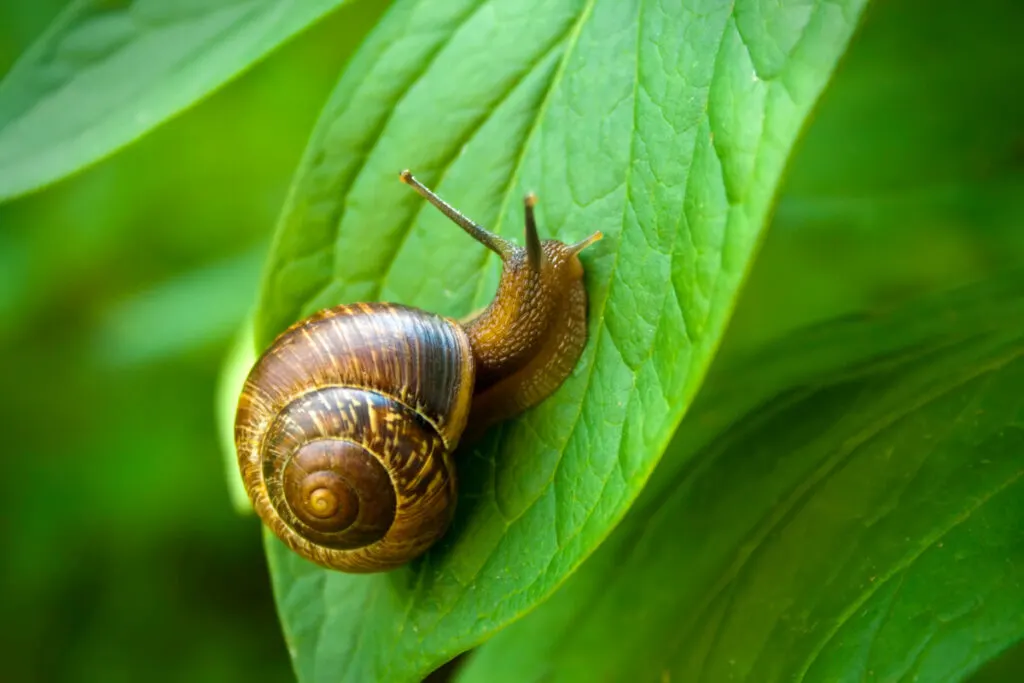
Snails are members of the Gastropod class, characterized by their spiral shells and muscular “foot”. They glide along surfaces using mucus secretions and a unique ventral foot on their bodies’ underside. Snails are found both in aquatic and terrestrial ecosystems.
Walrus (Odobenus rosmarus)
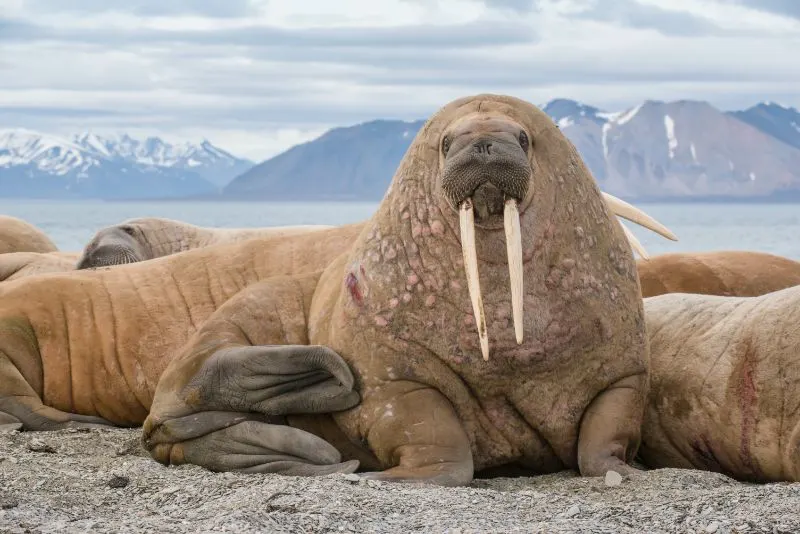
The walrus is a large marine mammal that has flippers instead of legs, making it an effective swimmer. Walruses use their tusks to help them navigate on land and ice. They belong to the Odobenus genus and are found predominantly in the Arctic.
Slugs (Gastropoda)
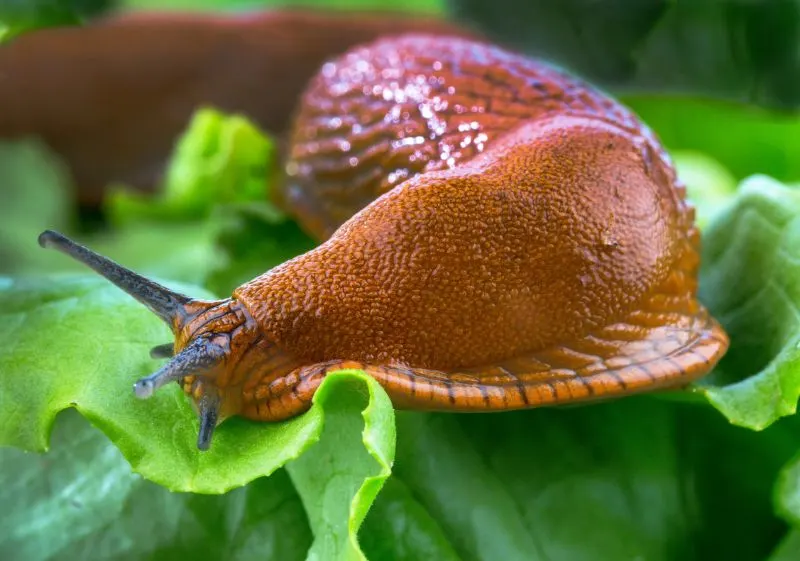
Slugs are similar to snails, also belonging to the Gastropod class, but lack the spiral shell. Like snails, slugs glide across surfaces with the help of mucus secretions and their ventral foot. They are found in a variety of terrestrial habitats in tropical areas, from gardens to forests.
Glass Lizard (Anguidae)
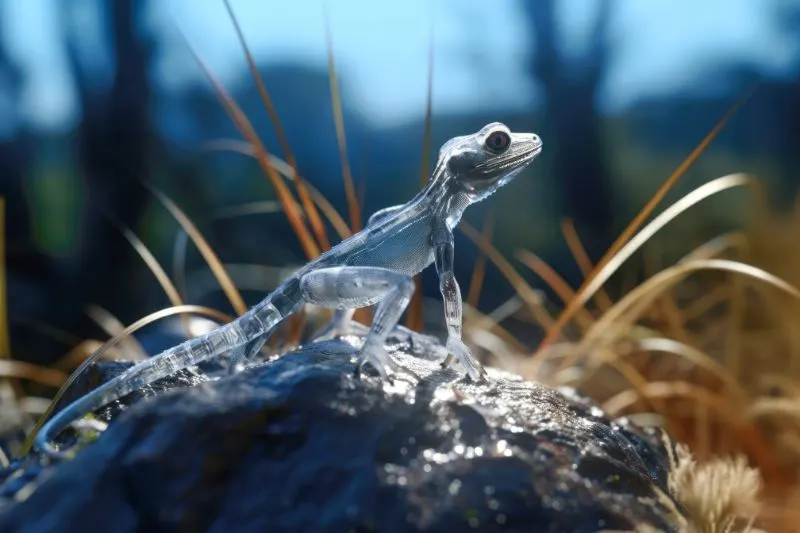
Glass lizards, sometimes called legless lizards, belong to the Anguidae family. While they resemble snakes, these legless lizards have eyelids and external ear openings. Glass lizards move using serpentine motions, similar to snakes, but are distinct in their adaptations and biology. This legless lizard is truly fascinating.
Caecilian (Gymnophiona)
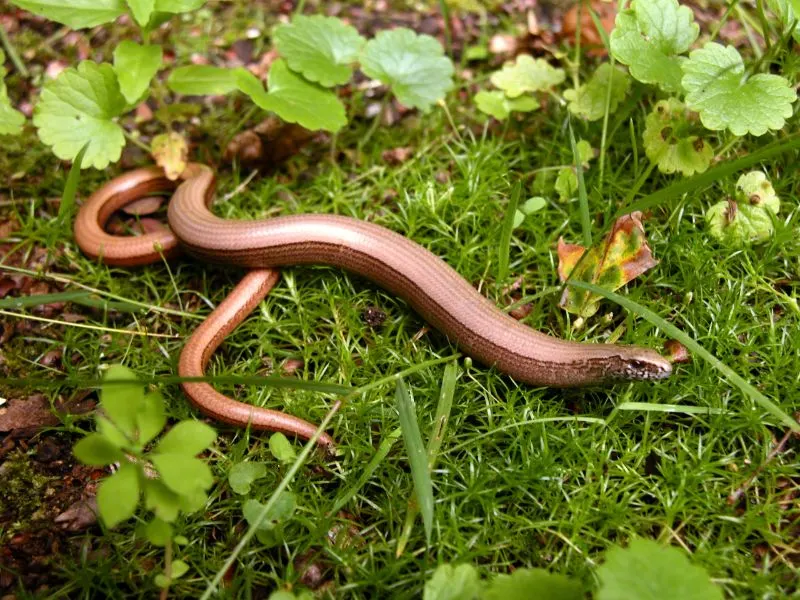
Caecilians are legless amphibians that belong to the Gymnophiona order. They have elongated bodies and live mostly underground, burrowing in moist soil. Caecilians have small eyes and no limbs, relying on their sensory tentacles to help them navigate in their dark environment.
Fish (Chordata)
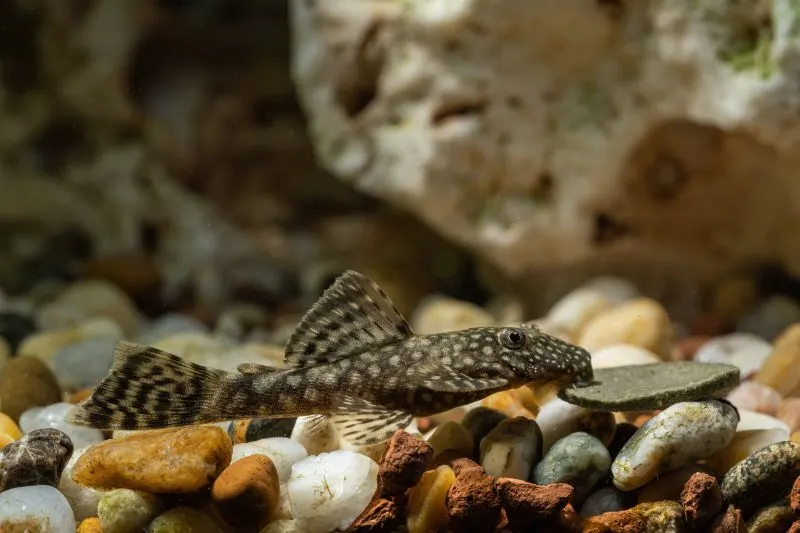
Many fish species have no legs, instead relying on fins to help them move through the water. Fish use their fins to generate movement, maintain balance, and maneuver. Their streamlined bodies and specialized fin structures allow many animals them to swim efficiently and effectively.
Whales (Cetacea)
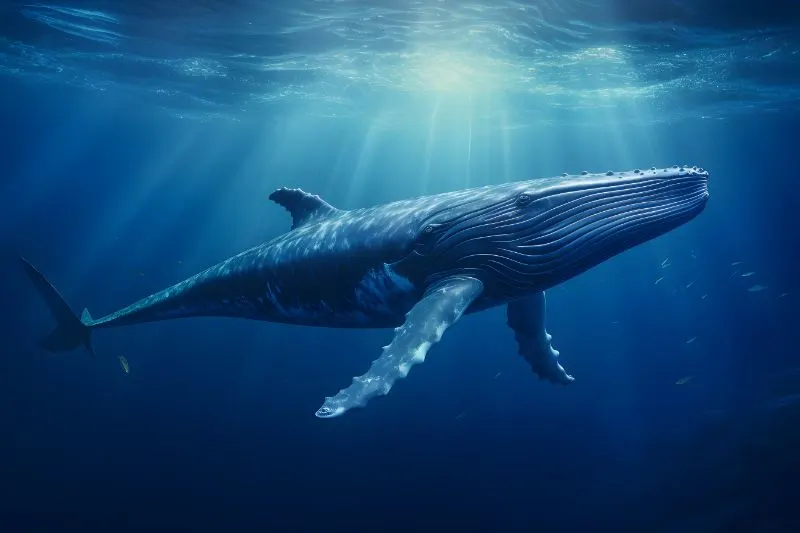
Whales are marine mammals classified under the Cetacea order. As aquatic animals, they have no legs but use flippers and a powerful tail for propulsion and steering. Baleen whales and toothed whales are the two primary groups, each adapted for specific feeding strategies.
Clams (Mollusca)
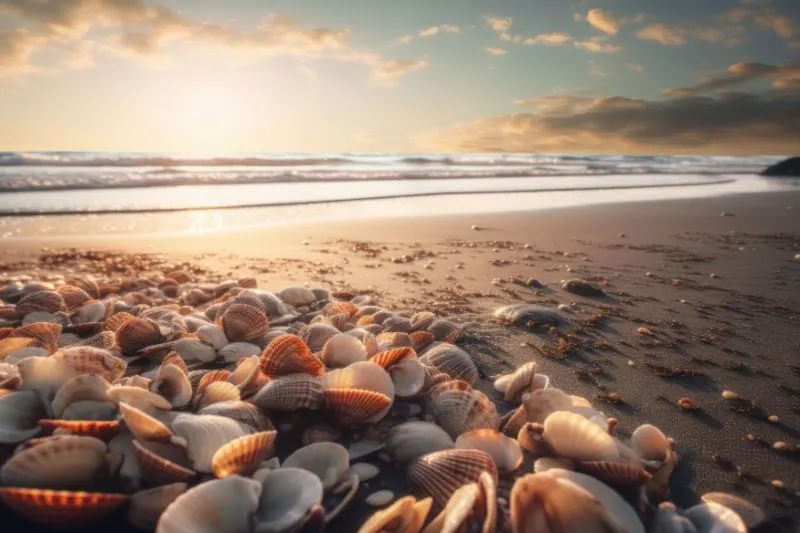
Clams are bivalve mollusks that lack legs or any limb structures. They have two shells that protect their soft body and can open and close to allow the animal to feed, breathe air, filter water, or hide from predators. Clams are found in both freshwater and marine environments.
See Related: The Hebridean Whale and Dolphin Trust
Octopuses (Octopoda)
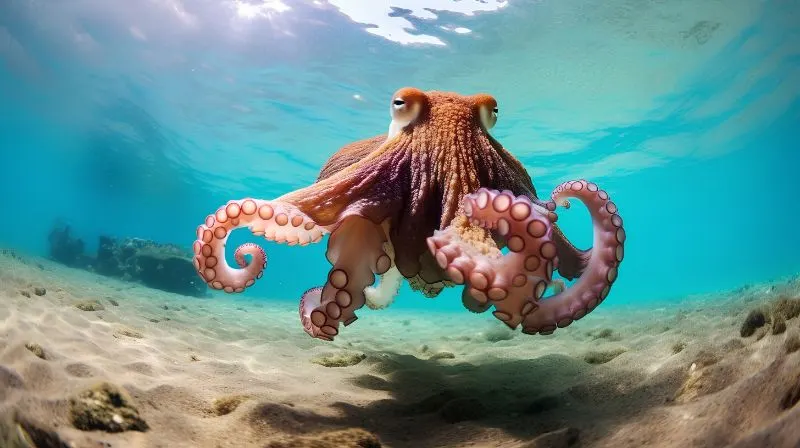
Octopuses, belonging to the Octopoda order, are cephalopods with eight arms lined with suckers. While they don’t have legs, their arms and tentacles are exceptionally dexterous, relying on muscles and a hydrostatic skeleton to move and manipulate objects.
Earthworm (Annelida)
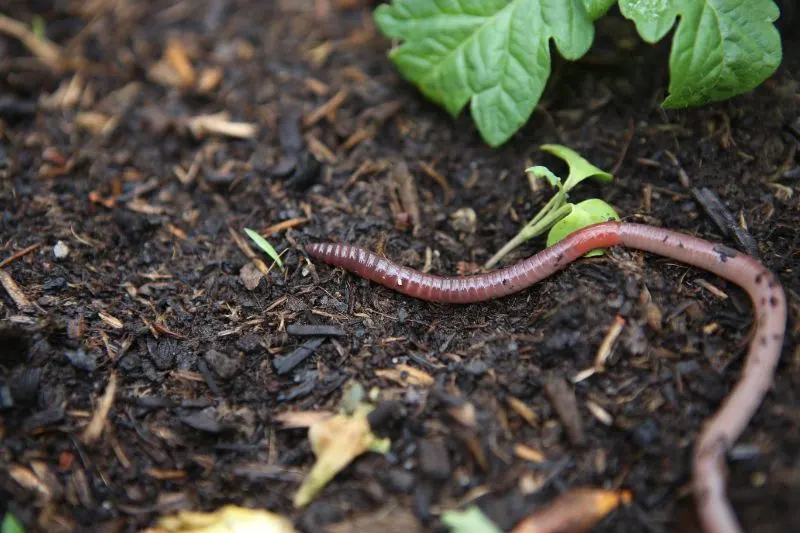
Earthworms are legless invertebrates classified under the phylum Annelida. They use specialized bristles called setae and muscular contractions to move through the soil. Earthworms play a vital role in breaking down organic matter, aerating soil, and creating fertile environments for plant growth.
Jellyfish (Medusozoa)
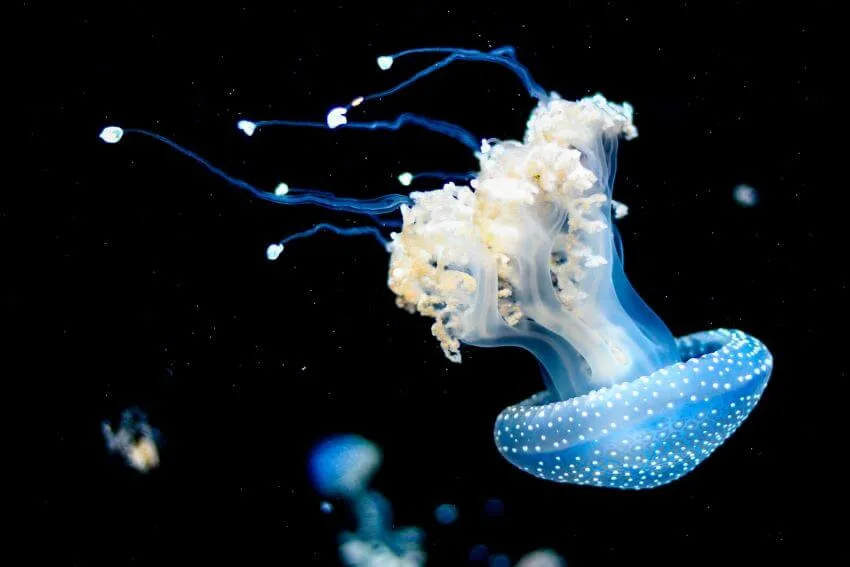
Jellyfish are gelatinous marine animals classified under the phylum Cnidaria. They lack legs and rely on their bell shape and water currents to move through the ocean. Jellyfish catch prey using tentacles lined with stinging cells called cnidocytes.
Tapeworm (Cestoda)
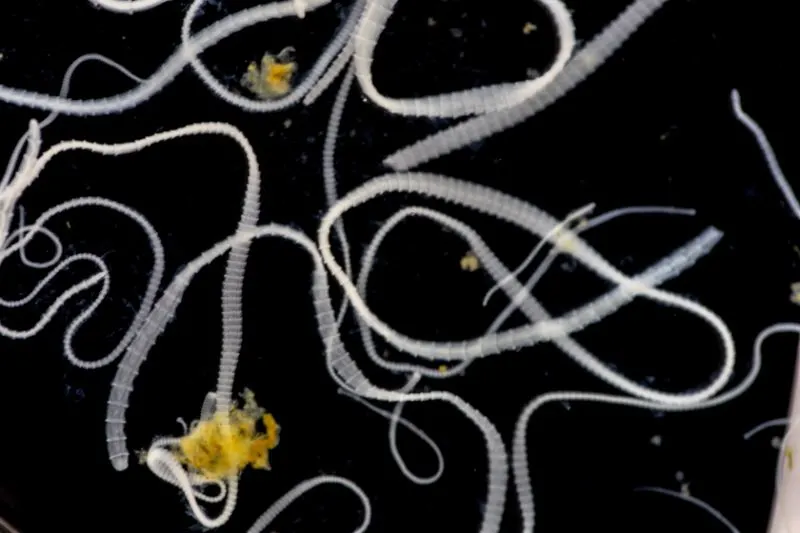
Tapeworms are parasitic flatworms that belong to the Cestoda class. They have no legs and a flat, ribbon-like body. They attach to their host’s intestinal wall using hooks or suckers, drawing nutrients directly from the host.
Dolphin (Cetacea)
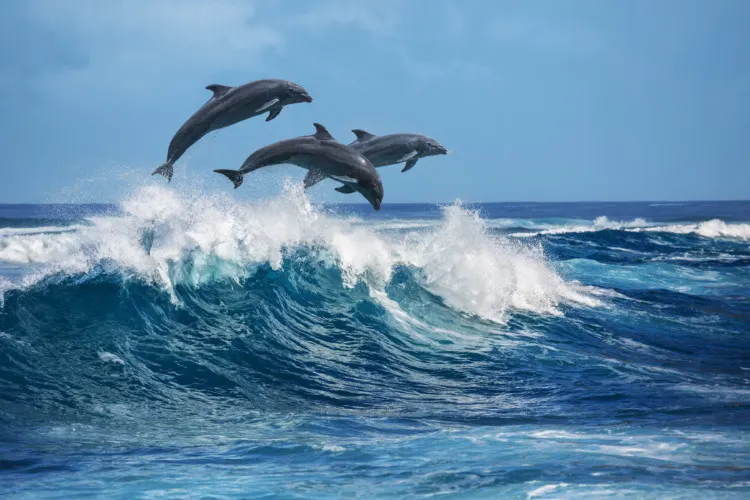
Dolphins are marine mammals belonging to the Cetacea order. As other aquatic animals do, dolphins have no legs, but instead use powerful tail flukes to swim. Their flippers help with steering and maneuvering, and they are highly social creatures known for their playful behavior.
Sponges (Porifera)
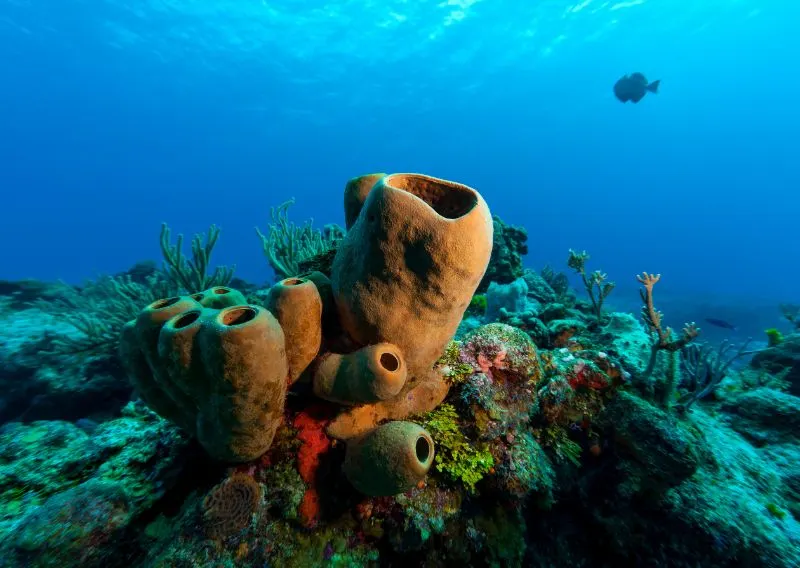
Sponges are simple aquatic animals that belong to the Porifera phylum. They lack any limbs or internal organs and have a porous body structure through which they filter water to obtain nutrients.
Sponges come in various shapes and sizes, from small encrusting species to larger tube or vase-shaped varieties.
Eel (Anguilliformes)
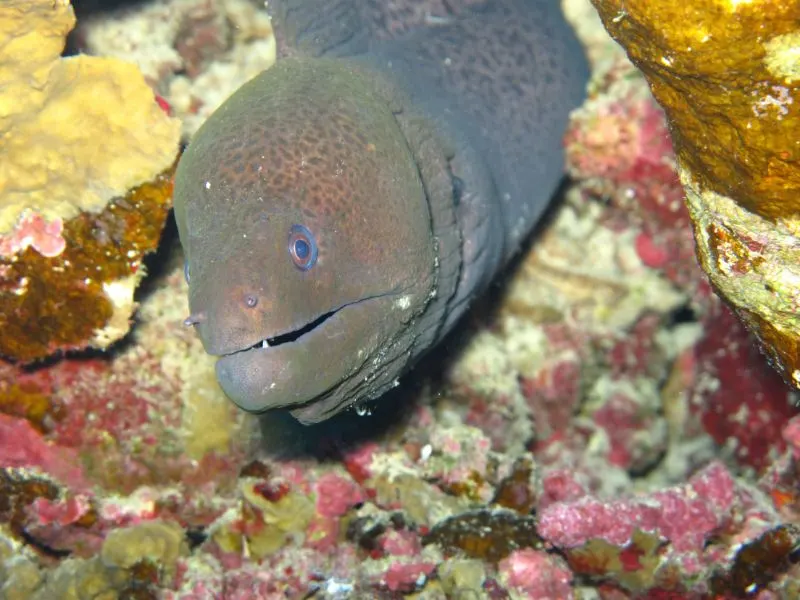
Eels are elongated, legless fish with serpentine bodies. They belong to the Anguilliformes order and can be found in freshwater and marine environments. Their fin structures and sleek bodies enable them to swim gracefully through water.
Sea Lions (Otariidae)
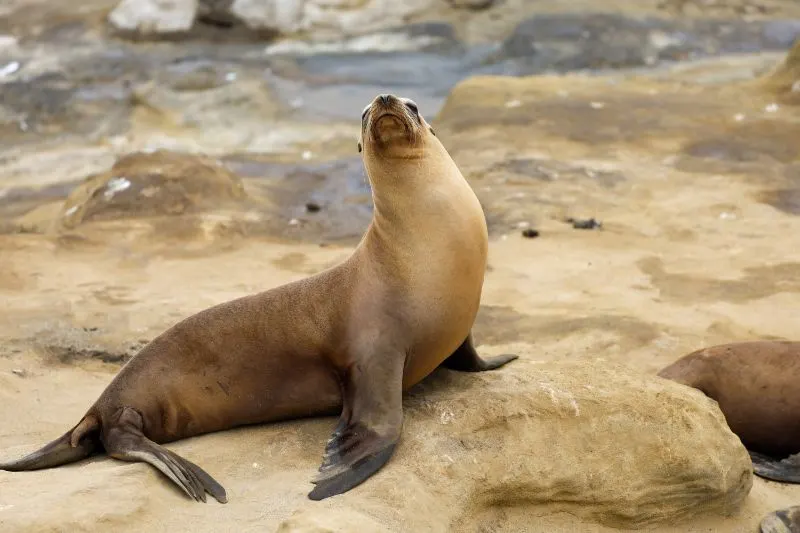
Sea lions are mammals belonging to large marine mammals of the Otariidae family. Although they do not have legs, they have webbed flippers that allow them to swim underwater and move on land. They use their front flippers for propulsion while swimming and their rear flippers for steering.
There you have it – a range of fascinating and diverse animals adapted to life without legs. From burrowing earthworms to small fish and sleek aquatic mammals, these various legless creatures have developed unique ways to navigate and thrive in their environments.
See Related: Different Types of Dolphins
Summary
| Name of Animal | Type of Animal | Typical Habitat |
|---|---|---|
| Snake | Reptile | Various (Forest, Desert, Water) |
| hagfish | Fish | Marine |
| Worm | Invertebrate | Underground / Soil |
| Slugs | Mollusc | Gardens, Woodlands |
| Sea Cucumber | Echinoderm | Marine |
What marine creatures have no legs?
Marine creatures with no legs have adapted to their aquatic environment in various ways. They often possess other structures or abilities that enable them to thrive underwater. Some of these legless animals include:
- Sea lions: These marine mammals have flippers instead of legs, which they use to swim underwater and navigate on land. Their flippers are at the front of their body, behind their forelimbs, and are webbed to allow smooth movement.
- Walruses: Like sea lions, walruses possess webbed flippers instead of legs. These flippers can’t move like legs, but they serve the animals well in their aquatic habitats. Both Atlantic and Pacific walrus subspecies share this legless trait.
- Anemones: Anemones are legless sea creatures that use their tentacles to move around and capture prey. Their unique adaptation allows them to thrive without legs; they can attach themselves to rocks or other surfaces using their tentacles, enabling them to stay in one place and wait for prey to approach.
- Seals: Seals are marine mammals belonging to the family Phocidae. They do not possess legs and instead use their streamlined bodies and flippers for movement. Seals are found worldwide, except in Antarctica, and are well-adapted to their legless existence.
- Mollusks: Mollusks encompass many invertebrate animals that do not have legs. This group includes creatures such as snails, clams, and squids. They move using various methods, including muscular contractions, jet propulsion, or drifting along ocean currents.
These legless marine creatures have developed unique adaptations to succeed in their aquatic environments. Their lack of legs does not hinder their ability to survive and thrive under the sea, showcasing the incredible diversity and adaptability of marine life.
How do Animals Without Legs Move?
Animals without legs have developed unique and fascinating methods of locomotion to adapt to their environments. These movements vary greatly depending on the animal’s habitat, body structure, and evolutionary traits.
- Snakes, perhaps the most well-known legless animals, move by contracting and relaxing their muscles in a wavelike manner. This generates a series of curves, allowing the snake to propel itself forward. Some snakes also use their scales as gripping surfaces to help them navigate through rough terrain, like tree branches and tall grass.
- Seals are another example of legless animals adapting their bodies for movement. While they may appear clumsy on land, they are incredibly agile in water. Seals have powerful, webbed flippers that allow them to swim efficiently and incorporate an undulating motion to push through the water. On land, seals move using their flippers to propel their bodies forward, with their bellies sliding across the ground.
- Jellyfish are marine animals that rely on a unique water propulsion method. They expel water by rhythmically contracting their bell-shaped bodies, creating a jet-like propulsion that propels them through the ocean. This type of movement is called jet propulsion and can be quite efficient for these soft-bodied creatures.
- Worms represent another group of legless animals that have developed effective locomotion strategies. They typically move through soil by extending and contracting their body muscles in a peristaltic motion, much like our intestines. Additionally, tiny bristles called setae along their bodies help them grip the soil, enabling them to move forward or backward more effectively.
Frequently Asked Questions
What are some examples of legless creatures?
There are several examples of legless creatures, including snakes, sea lions, and a variety of mollusks such as snails, mussels, oysters, clams, squid, and octopuses. Snakes are a diverse group of reptiles with more than 3,000 species found worldwide.
Sea lions have flippers instead of legs, which they use for swimming and navigating on land. Among mollusks, squids and octopuses don’t have legs but use tentacles for grabbing and sensing their surroundings.
Which legless animals are dangerous?
Some legless animals can be dangerous to humans, with venomous snakes being the most notable example. There are several venomous snake species, like cobras, rattlesnakes, and vipers, whose bites can be harmful or even fatal to humans if not treated promptly.
While most sea creatures with no legs, like sea lions, are not considered dangerous to kill humans, some jellyfish and certain marine animals, like cone snails, can pose a risk to humans due to their toxins.
Are there land-dwelling animals without legs?
Yes, there are land-dwelling animals without legs. Snakes are the most common example, and they inhabit various environments ranging from tropical to temperate and arid regions.
Some worms, like earthworms, also lack legs and live in soil. Additionally, certain types of slugs and snails, mollusks, can be found on land despite not having legs. These land animals have evolved unique ways to move and navigate their surroundings without needing limbs.
Related Resources:
- These Are the Most Important Animals in the World
- Black Tip Sharks: Are They Endangered?
- Wolves Size Comparison: How Big Are Wolves Compared to Dogs, Humans, and Other Animals?

